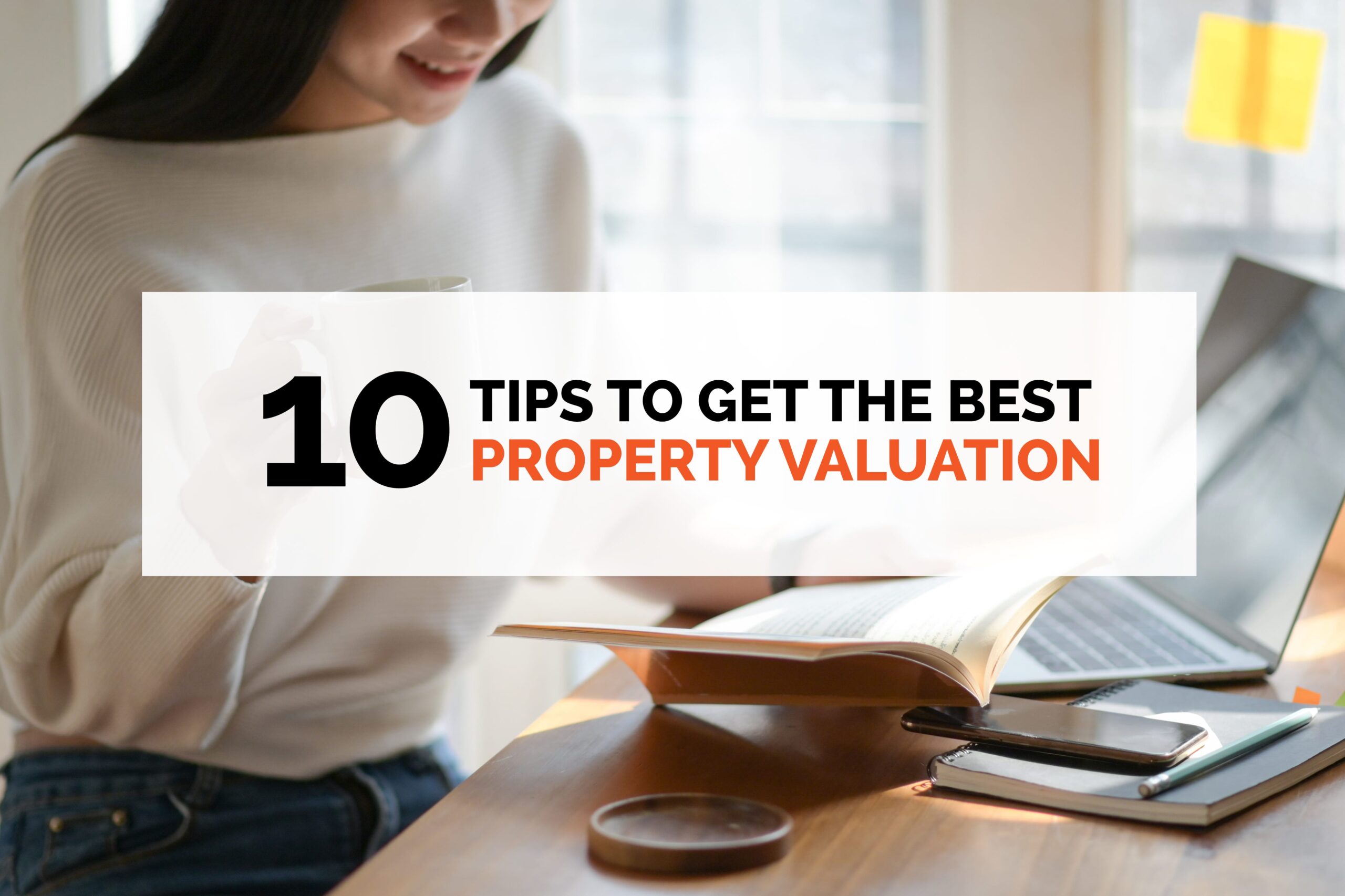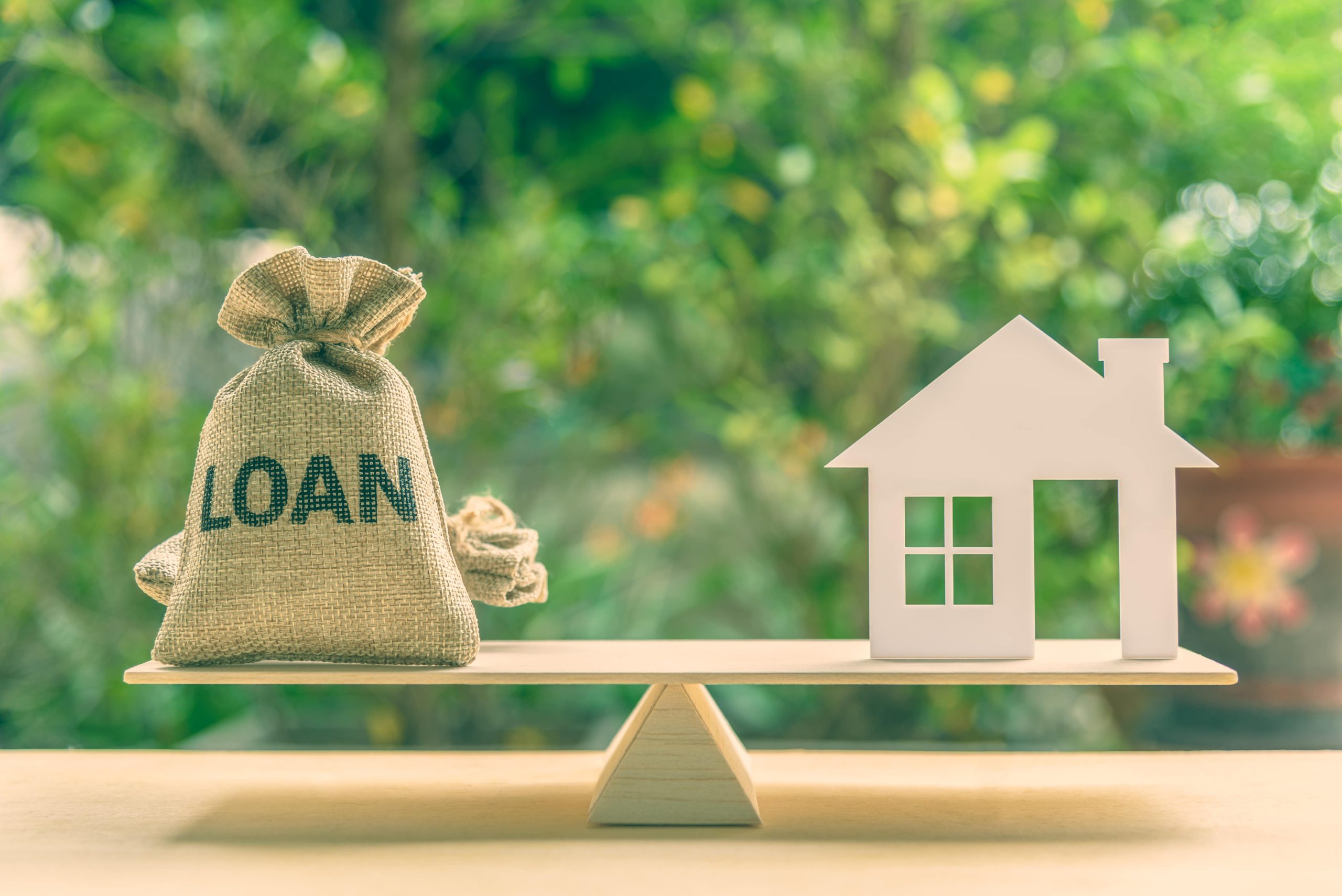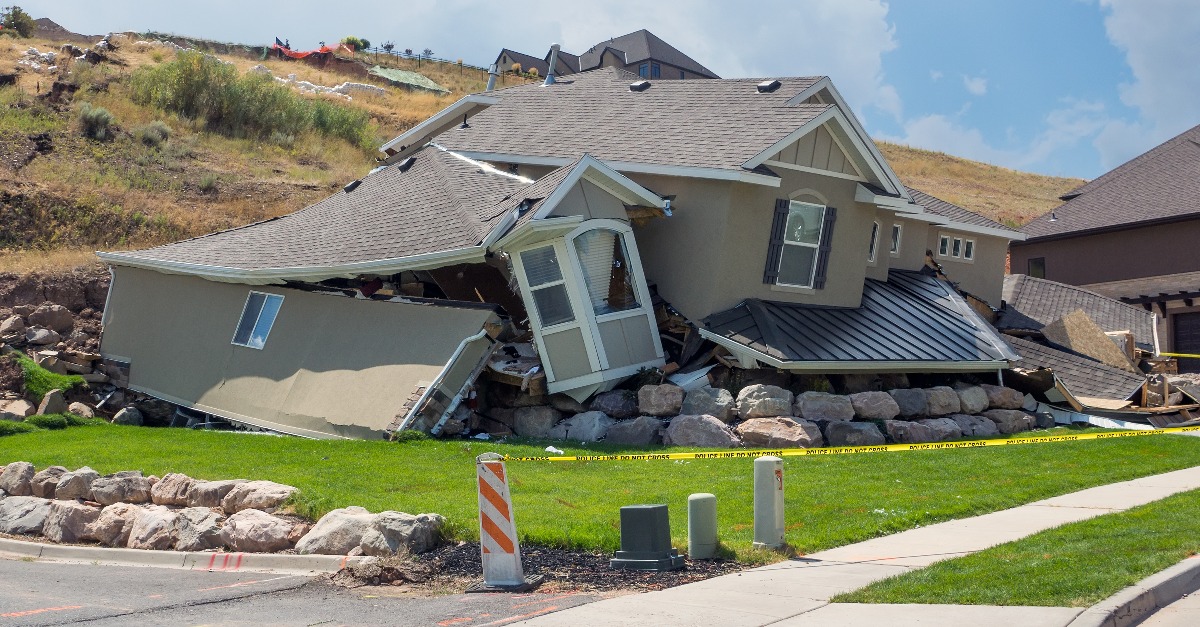The outcome of your home’s valuation will affect how much you can borrow for your next investment. To maximise the valuation, put your best case forward by following these steps BEFORE the valuer visits the property.
1. TIDY, DECLUTTER AND REPAIR
Valuers are trained to value the bricks and mortar, however clutter can make it difficult to appreciate the property’s features. A quick tidy up and some basic repairs will present your property in the best light. For example, consider improving the lighting, tidy the yard and finish the odd jobs such as re-attaching cupboard doors etc.
3. PROVIDE AN ESTIMATE OF VALUE
Providing a rough estimate of the property’s value will assist the valuer in their research, prior to arriving at the property. They will be able to identify potential comparable sales in the price range, while avoiding those that aren’t relevant.
5. LIST THE ‘HARD TO SEE’ FEATURES
On occasion clients have claimed the valuer did not consider the underground water tank, underfloor heating or solar panels on the back of the shed. To ensure all features are taken into consideration, prepare a list of ‘hard to see’ features.
7. COMPLETE RENOVATIONS
To get the best valuation ensure all renovations and DIY jobs are completed. An unfinished kitchen or bathroom can dramatically affect a property’s worth.
9. PROVIDE FULL ACCESS
The valuer requires access to all areas including granny flats, sheds and detached rooms. Access is also required around the full circumference of the property to allow the valuer to measure. Please ensure gates are unlocked and all rooms are accessible. And tie up the dog! We don’t want your furry friends to get loose, or the valuer to get a nip.
2. PROVIDE BUILDING PLANS
If available, provide the valuer with a copy of the building plans with measurements. To assess the property’s value, valuers must measure the living areas, outdoor areas and car accommodation. If plans are available it improves accuracy, saves time and ensures every square metre is taken into consideration.
4. LIST RECENT SALES
Advise the valuer of any recent sales in your area. The details of properties sold recently aren’t available until after the sale has settled, which can take months. If you are aware of a sale in the area, the valuer can investigate further and this may justify a higher value.
6. DOCUMENT RECENT RENOVATIONS
Advise the valuer of renovations conducted since purchasing the property (within the last 3 years) and the approximate costs. This will explain why the estimate is now $700K when the property was purchased 12 months prior for $500K.
8. ADVISE THE PROPERTY MANAGER (IF TENANTED)
If the property is tenanted, avoid delays and ensure the property manager is aware of the valuation and approval for access has been provided. Some property managers require written notice from the owner before allowing access, which can lead to delays if arrangements aren’t made in advance.
10. BE PREPARED
Provide all relevant information to the valuer before the inspection. Once the valuation report is finalised and submitted to the bank, valuers are unable to amend reports without new evidence to justify the change. It’s important to put forward your best case prior to the valuation.
1. TIDY, DECLUTTER AND REPAIR
Valuers are trained to value the bricks and mortar, however clutter can make it difficult to appreciate the property’s features. A quick tidy up and some basic repairs will present your property in the best light. For example, consider improving the lighting, tidy the yard and finish the odd jobs such as re-attaching cupboard doors etc.
2. PROVIDE BUILDING PLANS
If available, provide the valuer with a copy of the building plans with measurements. To assess the property’s value, valuers must measure the living areas, outdoor areas and car accommodation. If plans are available it improves accuracy, saves time and ensures every square metre is taken into consideration.
3. PROVIDE AN ESTIMATE OF VALUE
Providing a rough estimate of the property’s value will assist the valuer in their research, prior to arriving at the property. They will be able to identify potential comparable sales in the price range, while avoiding those that aren’t relevant.
4. LIST RECENT SALES
Advise the valuer of any recent sales in your area. The details of properties sold recently aren’t available until after the sale has settled, which can take months. If you are aware of a sale in the area, the valuer can investigate further and this may justify a higher value.
5. LIST THE ‘HARD TO SEE’ FEATURES
On occasion clients have claimed the valuer did not consider the underground water tank, underfloor heating or solar panels on the back of the shed. To ensure all features are taken into consideration, prepare a list of ‘hard to see’ features.
6. DOCUMENT RECENT RENOVATIONS
Advise the valuer of renovations conducted since purchasing the property (within the last 3 years) and the approximate costs. This will explain why the estimate is now $700K when the property was purchased 12 months prior for $500K.
7. COMPLETE RENOVATIONS
To get the best valuation ensure all renovations and DIY jobs are completed. An unfinished kitchen or bathroom can dramatically affect a property’s worth.
8. ADVISE THE PROPERTY MANAGER (IF TENANTED)
If the property is tenanted, avoid delays and ensure the property manager is aware of the valuation and approval for access has been provided. Some property managers require written notice from the owner before allowing access, which can lead to delays if arrangements aren’t made in advance.
9. PROVIDE FULL ACCESS
The valuer requires access to all areas including granny flats, sheds and detached rooms. Access is also required around the full circumference of the property to allow the valuer to measure. Please ensure gates are unlocked and all rooms are accessible. And tie up the dog! We don’t want your furry friends to get loose, or the valuer to get a nip.
10. BE PREPARED
Provide all relevant information to the valuer before the inspection. Once the valuation report is finalised and submitted to the bank, valuers are unable to amend reports without new evidence to justify the change. It’s important to put forward your best case prior to the valuation.
The valuer is unable to advise the valuation figure at the inspection. The process involves further research and visits to recent sales in the area. Also, the valuer is only permitted to provide information to the instructing party, which may be the bank.
If we can be of any assistance please contact us on 1300 302 881 or [email protected]









